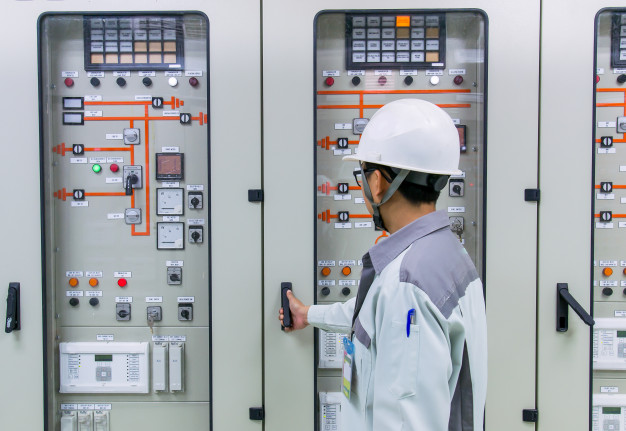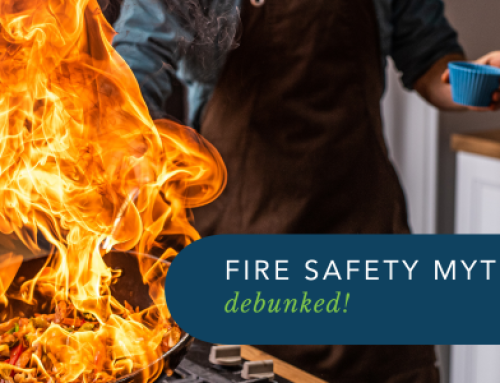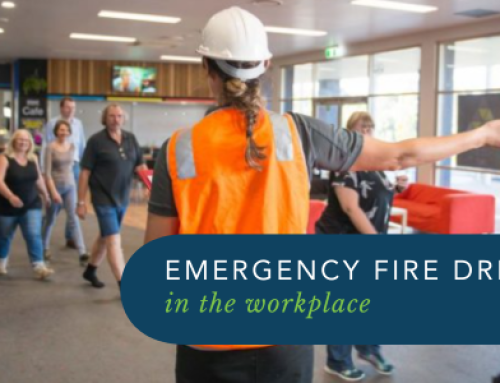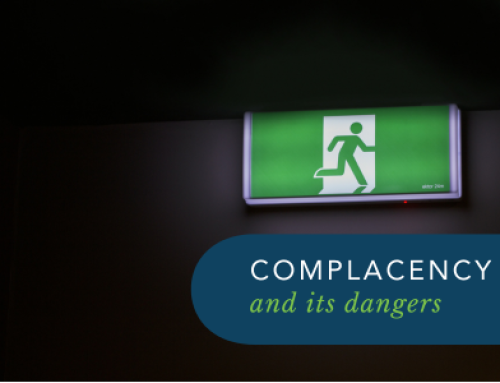Improper handling and management of one of the most important power sources that we use every day can lead to numerous serious injuries including death.
The Code of Practice that elaborates on how to manage electrical risks in workplaces is an approved code under section 274 of the Work Health and Safety Act (the WHS Act). Like most, if not, all of these codes are expected to be understood and communicated by the by the PCBU (person conducting the business) to the delegated staff as they have the primary duty of care in managing these electrical risks. The scope generally revolves around:
– management or control of electrical equipment, including electrical installations, or
– carrying out electrical work on or near energised electrical equipment, including electrical installations
From incorrect operation, installation issues, down to poor maintenance, electricity management, and electrical equipment control will only pose immense risks. Electrical risks are risks of death, shock, or other injury caused directly or indirectly by electricity. It may also lead to a fire in the workplace and as a result, toxic gasses or fumes from burning electrical parts/equipment. Hence, intensive planning and attention to safety during the implementation of tasks are essential.
Low-voltage electrical systems (750 V and below) serve most commercial buildings. Every day, hundreds of thousands of workers work safely on and around low-voltage electricity. Small or large, the job is usually handled without an incident. Occasionally, however, something may go horribly wrong—an unexpected hazard has been overlooked and a worker becomes the victim.
People in general often think that low-voltage contact is a little less dangerous than high voltage contact. They may believe that a mistake made in working on a low voltage system means only a quick flash and the tripping of a circuit breaker, which is a common misunderstanding.
There are surprisingly more injuries from low-voltage systems (especially 347 V systems) than there are from high-voltage systems. We are all aware of the dangers of electric shock, but few of us realize how little current and how small voltages can escalate to a fatal shock. Utilizing the right tools along with always going through the safety procedures can immensely reduce this risk.
Wearing the correct protective gear appropriate for the panel rating is very important as well. Most importantly, having to be consistently trained to carry out any tasks involving panels/switchboards and immediate rescue techniques.
The WHS Act requires a PCBU to, so far as is reasonably practicable, provide information,
training, instruction or supervision that is necessary to protect all persons from risks to their
health and safety arising from work being carried out. Apart from on-the-job training, First Aid training should be included to ensure appropriate procedures are followed for administering first aid, for example, proper treatment for electric shock, and electrical rescue and resuscitation training for safety observers.
Our Low voltage rescue and CPR course are comprised of responsive operations that involve the saving of life, or prevention of injury during an incident or dangerous situation. This training package is essential if you carry out tasks that involve panels and switchboards. It encompasses responsibilities for, health, safety, and risk management processes at all operative levels and adherence to safety practices as part of the normal way of doing work.
We have teamed up with Allens Training to deliver these units and we can definitely bring the training to you with the utmost flexibility in booking dates and times.
Assessments conducted during the face-to-face training session(s) include:
- Performance tasks:
- Perform CPR on an infant
- Inspection and placement of rescue equipment and performing a rescue
- Practical scenarios:
- Perform CPR on an adult
- Low voltage panel rescue
- Theory assessment – A written assessment consisting of short-answer and multiple-choice questions. The student must complete all assessment questions.
To learn more you can check out our other blog here – How to ensure electrical safety in the workplace.
Our Nationally Recognised Trained consultants that deliver this training are also updated in providing said services to be compliant with legislation.
Message us or give us a call at 02 8883 1694 for more info.
GET IN TOUCH
Are you ready for peace of mind that your workforce is as safe and prepared as possible?
With a dedicated team of staff ready to help you meet compliance requirements and improve the overall safety of your workplace, all you need to do is get in touch.
Request your free audit today!



